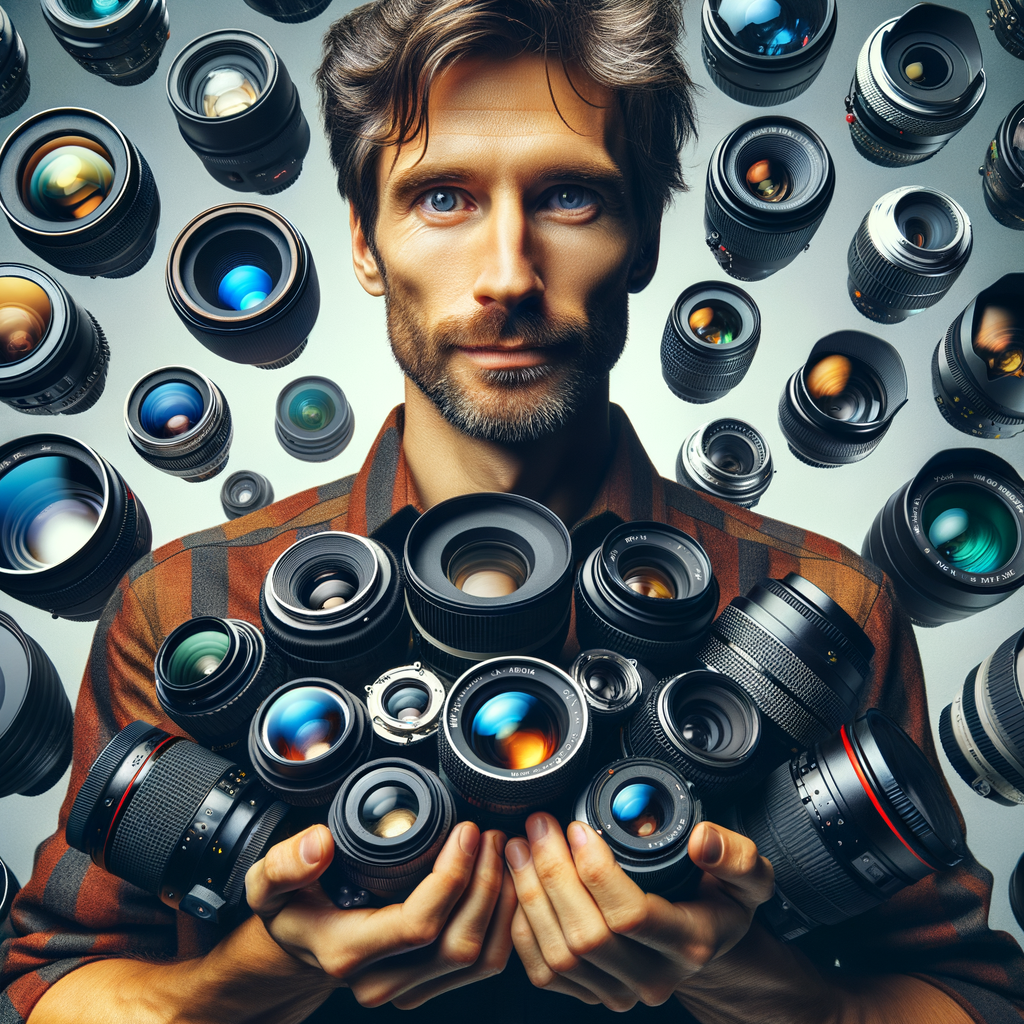
Today, there are many different lenses, and choosing the right one can seem like a daunting task, especially for beginner photographers. The right lens can significantly impact the quality of your images and shooting style. In this article, we will discuss the key points to consider when selecting a lens for your camera.
When it comes to choosing a lens, it is essential to consider several factors. First of all, you need to understand what type of shooting you need the lens for. There are various types of lenses, each suited for different styles and shooting conditions. Let's take a closer look at several categories of lenses.
1. Standard Lenses
Standard lenses, also known as "normal" or "universal" lenses, have a focal length of about 50mm. This type of lens is suitable for various subjects, including portraits, landscapes, and street photography. It allows for natural images that are close to what the human eye sees.
2. Wide-Angle Lenses
Wide-angle lenses have a short focal length (usually less than 35mm) and are ideal for shooting in confined spaces, such as interiors or architecture. They can also be used to create stunning landscape shots, capturing a broad field of view.
3. Telephoto Lenses
Telephoto lenses have a long focal length (usually over 70mm) and allow you to capture subjects at a distance. They are excellent for portrait photography as they help isolate the subject from the background blur. Additionally, telephoto lenses can be used for wildlife or sports photography.
4. Macro Lenses
Macro lenses are designed for close-up shots and can focus at very close distances. They allow you to capture details that standard lenses cannot convey. Macro lenses are perfect for photographers interested in nature, flowers, or small objects.
5. Fisheye Lenses
Fisheye lenses allow for heavily distorted images with an extremely wide angle of view (up to 180 degrees). They are usually used for artistic and experimental shots, as well as for panoramas.
Once you have decided on the type of lens, it's essential to consider other factors such as aperture. Lenses with a wide aperture (like f/1.8) allow for low-light shooting and create beautiful background blur, making them ideal for portraits. Lenses with a narrow aperture (like f/11) are better suited for landscape photography, as they provide greater depth of field.
Another critical aspect is lens compatibility with your camera. Before purchasing, make sure that the chosen lens fits your camera type (DSLR, mirrorless, film). Also, consider the size and weight of the lens, especially if you plan on extended shoots or travels.
Optics also play a significant role. Good lenses have quality optics, ensuring a high level of detail and contrast. When selecting a lens, don't forget to read reviews and check samples of photos taken with that lens to better understand its capabilities.
Finally, there's the price. Lenses can range from very affordable to professional price categories. Determine your budget and try to find a lens that fits both your financial capacity and your photographic needs.
In conclusion, choosing the perfect lens for your camera is an important step that can significantly affect your photography. By considering the factors mentioned, you can make an informed choice and find a lens that best suits your shooting style.


